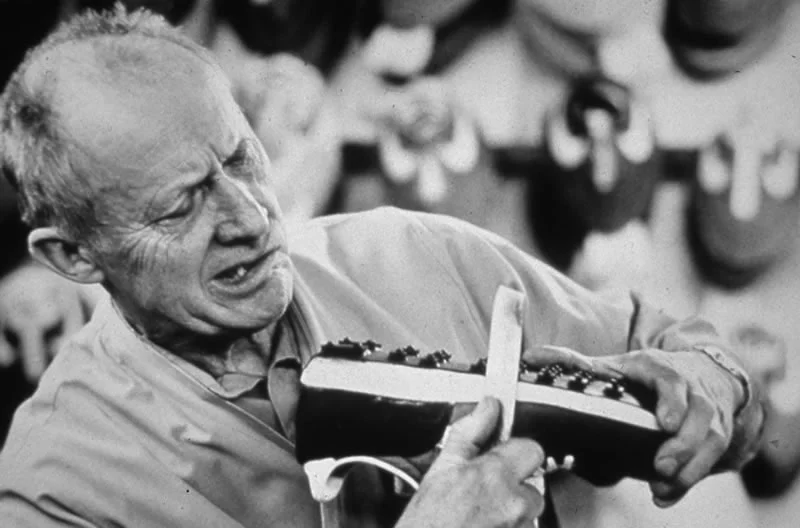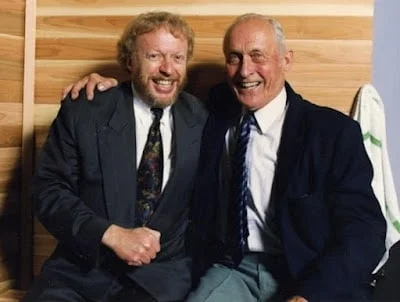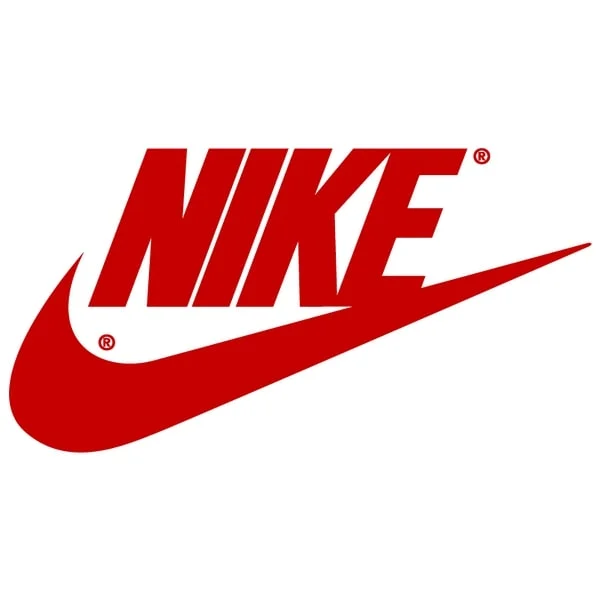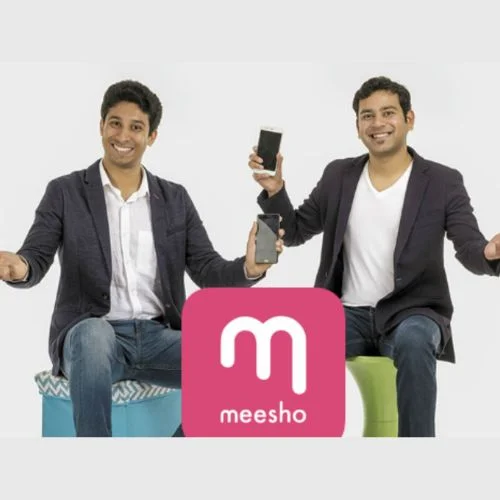Bowerman stands synonymous to hardwork, perseverance, patience and excellence. In his victorious career, he achieved 4 NCAA titles and competed sixteen times in the top 10 list in his nation.
His constant thirst to find better running shoes is analogous to quality, and innovation.
As the co-founder of Nike, he created some of their top brands, namely the Cortez and Waffle Racer, and supported the company to progress from the distributor of other shoe brands to produce their shoes in-house. Bowerman says that “If there are limits to what we can do, I don’t know what they are.”
For several years, millions of people, right from joggers to Olympians, reaped the benefits of his revolutionary and innovative ideas.
Bowerman’s Early Life

Bowerman was born in Portland, Oregon, in February in the year 1911. Bill’s siblings include two older brothers and a sister. His twin brother passed away tragically in an accident when he was just two years old. Later, Bowerman joined Medford High School where he played football and became a member of the high school band.
After completing his graduation in the year 1929, he studied journalism and continued pursuing his football career at the University of Oregon. His track and field coach, Bill Hayward’s recommendation led him to join the track team which influenced his everlasting association with running. Bowerman then shifted to Portland in 1934 to become a biology instructor and a football coach. He also played his part as a social servant by discontinuing his career and joining the United States Army when Japan attacked Pearl Harbor.
After the end of the second World War, Bowerman resumed his journey of football coaching at Medford High School. Later in 1948, Bowerman returned to the University of Oregon, his alma mater in Eugene and after a year, he took over the position of head coach of the track team.

Being a track and field coach, Bowerman was well versed with the quality of the running shoes available to runners. He was not pleased with the footwear companies offered, and wrote to several companies, suggesting on how to make them lighter and comfortable.. Since none of the companies responded to his requests, Bowerman himself started out to acquire knowledge of the running shoes. He worked on intricate details like how they were manufactured, customised according to individual sizes, etc. Then, he started manufacturing shoes for many track runners, which included student-athletes like Phil Knight, Olympic track star Otis Davis, and John Mays. As he carried out his experimentations, he took into consideration the opinions and feedback of other runners, reflecting on the fact that “a teacher is never too smart to learn from his pupils.”
In spite of the American companies constantly turning down his prototypes, Bowerman didn’t give up. His advancement finally came to light through the Japanese footwear company Onitsuka Tiger.
After graduating from the University of Oregon and pursuing his MBA from Stanford University, Phil Knight figured that the Japanese companies were about to invade the US market for running shoes. This motivated Bowerman and Knight to partner together and launch Blue Ribbon Sports in 1964, to ship in and sell Onitsuka Tiger shoes(TG 22).
Later, Bowerman designed shoes with a soft sponge rubber in the heel and forefoot, a cushioned inner sole, and a firm rubber outsole to rectify the problem of TG 22 which had no arch support. When it was sent to Onitsuka for production, Onitsuka altered the design of its early models. Finally, Onitsuka debuted Tiger Cortez, a shoe that entailed Bowerman’s original creation of a full-length midsole. As Blue Ribbon Sports progressed into the shoe brand now called Nike, the Cortez transformed into the Nike Cortez. Through this invention, Bowerman received a patent because of its cushioned midsole, which decreased the strain on the Achilles tendon, reduced leg fatigue, and absorb road shock.
His aim of manufacturing lighter shoes didn’t stop Bowerman and he kept playing around with shoe designs. After the Cortez, he diverted his attention to designing a spike-less shoe that provided outstanding grip on different surfaces.
Here is an interesting story. One day in 1970, while eating waffles for breakfast, he pondered on what would happen if the chunks on the waffle were flipped. Inspired by this Bowerman designed a sole with a raised grid pattern which was lightweight, springy, and had a good grip.
The shoes engraved a prominent mark on the ground, similar to the footprints left by Apollo astronauts on the moon, from which arises the name “Moon Shoe.” Bowerman matched the waffle sole with nylon uppers he imported from Japan. He released the Moon Shoe at the Olympic Trials in 1972 which took place in Eugene. Participants were impressed by the traction and the texture of the shoe, and the design accelerated the inception of the “Waffle Trainer” in 1974.

The first major success for Nike was through the debut of the waffle racer in 1974 which played a crucial role in launching the company as a vital player in the athletic footwear field. Bowerman enrolled eight patents in shoe design, which included a cushioned spike plate, a straight last, an external heel counter, and cleated shoes designed for the unnatural lawn,etc.
The Nike Swoosh is globally popular, partly because the company has constantly emerged as a highflier of innovation. Nike extended its running base by including shoes for cheerleading, skateboarding, baseball, and other leisure activities. Undoubtedly,Bill Bowerman and Phil Knight revolutionised the running shoe industry.
Coach Bill Bowerman died on December 24, in the year 1999 when he was 88 years old. His lasting connection with running left an unforgettable spark. As a part of the States National Track,Field Hall of Fame, National Distance Running Hall of Fame, and the Oregon Sports Hall of Fame, he has left an indelible mark as a pioneer and a change maker in the community.
Conclusion
Bowerman is famous for his success as an American track coach and his innovative footwear designs. He has been consecutively been the awarded “The Bowerman” by the US Track & Field and Cross Country Coaches Association. He is epitome of persistence, innovative work, impactful training, etc.















